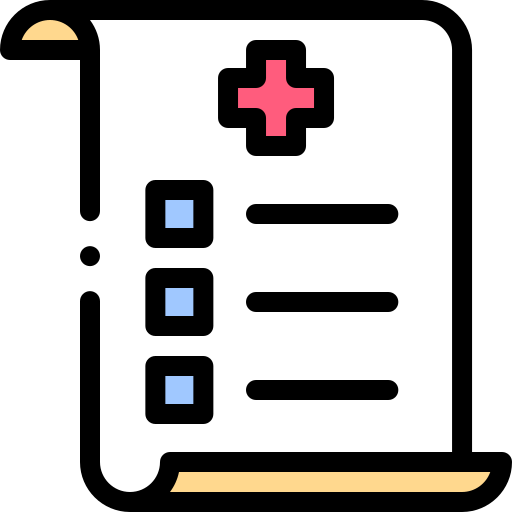Definitions
Clinical Guidelines
Clinical guidelines are often used to underpin a policy. They are a set of standards or rules which assist in the decision on how to apply the policy or manage specific conditions.
Clinical guidelines are evidence-based statement (or series of statements) used to assist clinicians in the decision-making process about appropriate treatment and care in specific circumstances. Clinical guidelines are not intended to replace clinical freedom; however, they should normally be followed unless there is a good reason not to do so. Clinical guidelines often include algorithm/flowcharts – if A happens do B; if X happens do Y and Z.
Key Features:
- Clinical guidelines are not the ultimate decision makers regarding a particular clinical procedure or treatment plan. The ultimate decision must be made by the practitioner in the light of each individual patient’s condition, circumstances, and the diagnostic and treatment options available.
- Clinical guidelines provide recommendations for effective practice in the management of clinical conditions where variations in practice are known to occur and where effective care may not be delivered uniformly throughout Scotland.
- Clinical guidelines can be used to develop standards to assess the clinical practice of health professionals.
- Clinical guidelines can be used in the education and training of health professionals.
- Clinical guidelines can help patients to make informed decisions and improve communication between the patient and health professional.
- Clinical guidelines are often interchangeably with protocols. Some clinicians take the view that protocols must be followed, whereas clinical guidelines are only there to advise and inform decision-making. However, it is doubtful whether in law this distinction is helpful or meaningful. Whether you call something a guideline or a protocol, if agreement has been reached that this document constitutes best practice, you should be able to justify any occasion where it is not followed.
- Clinical guidelines direct clinicians along preferred treatment pathways by outlining detailed management plans for discrete clinical conditions judged amenable to stepwise decision-making processes (e.g. flowcharts, algorithms).
- Clinical guidelines can be detailed descriptions of the steps taken to deliver care or treatment to a patient and are sometimes called the ‘integrated care pathway’.
- MEDLINE definition: ‘Precise and detailed plans for the study of a medical or biomedical problem and/or plans for a regimen of therapy’.
Protocols
Protocols are a set of measurable, objective standards which determine a course of action.
Protocols are often interchangeably with clinical guidelines. Some clinicians take the view that protocols must be followed, whereas clinical guidelines are only there to advise and inform decision-making. However, it is doubtful whether in law this distinction is helpful or meaningful. Whether you call something a guideline or a protocol, if agreement has been reached that this document constitutes best practice, you should be able to justify any occasion where it is not followed.
Key Features:
- A more specific document.
- Narrow application.
- Stated in detail.
- How, When and Who.
- Describes process.
Policy
A policy is a specific statement of principles / guiding actions that provide a basis for consistent decision-making and resource allocation. A course of action established as a guide towards accepted objectives. Guidance on either finding or writing a policy is available on theFirstPort: Policies pages (NHSL Staff Access Only).
Procedure
A procedure is a series of steps followed in regular order taken to implement a policy. Procedures can be mapped using a flowchart.
Relevant Governance Group
ADTC – Area Drugs and Therapeutics Committee
CGGEG – Clinical Guidelines Governance and Editorial Group
CGT – Clinical Guidelines Team
